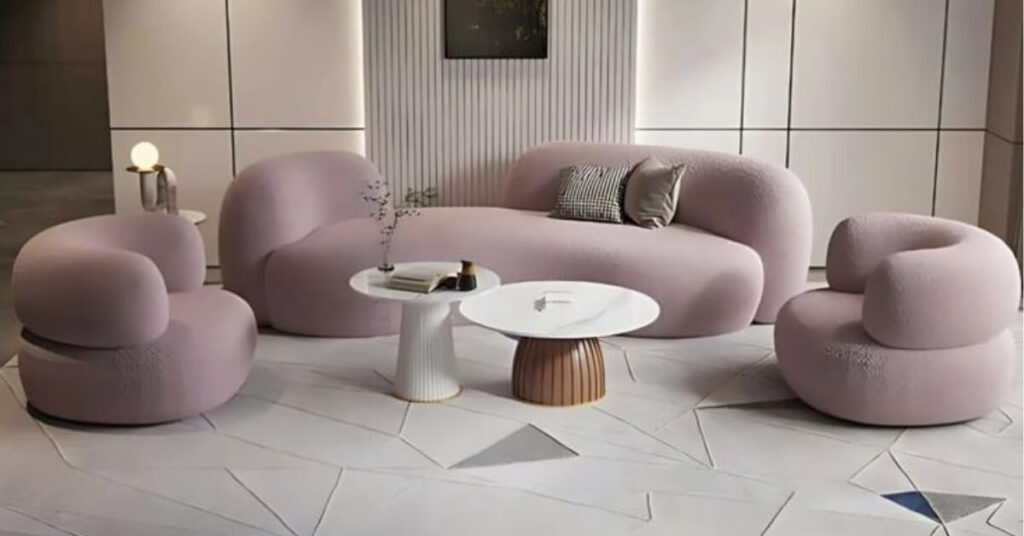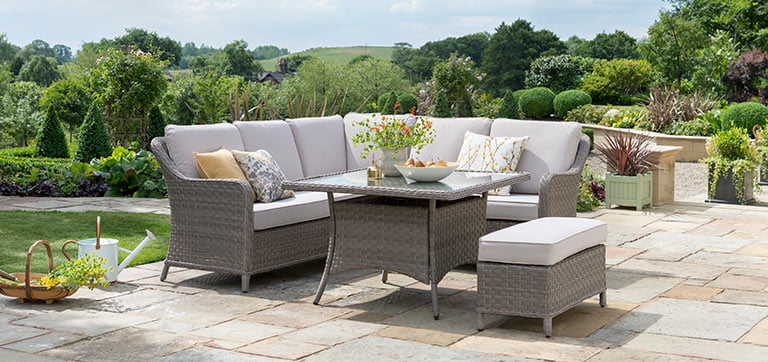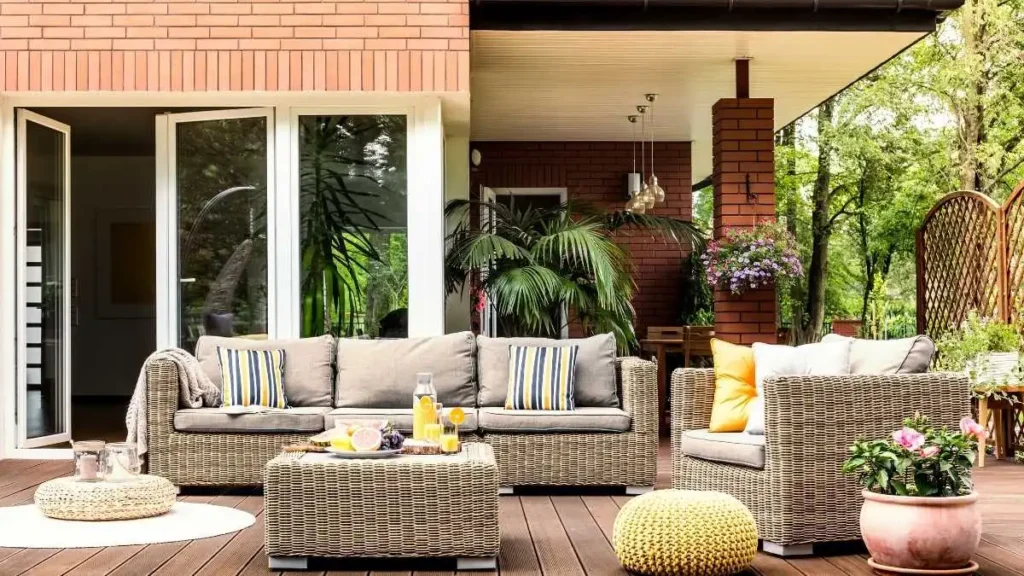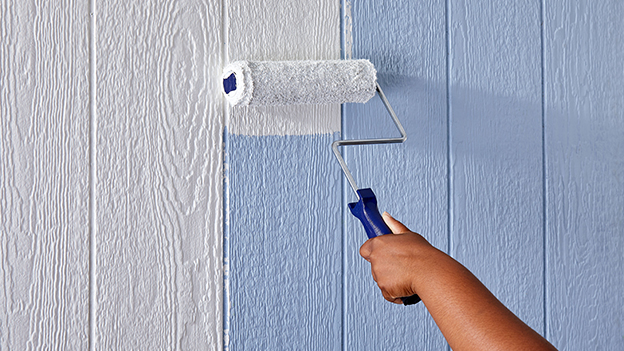Outdoor furniture creates the perfect space for relaxation and entertainment. However, bugs can quickly turn your peaceful outdoor haven into an uncomfortable experience. Learning how to keep bugs off outdoor furniture is essential for maintaining a pleasant outdoor living space and protecting your investment.
Bugs are naturally attracted to outdoor furniture for various reasons. They seek shelter, moisture, and food sources that often accumulate around these pieces. Additionally, certain materials and finishes can attract specific insects. Understanding these factors helps you implement effective prevention strategies that work long-term.
Why Bugs Are Attracted to Outdoor Furniture
Moisture and Shelter Appeal
Bugs gravitate toward outdoor furniture because it provides ideal hiding spots and moisture retention. Cushions, fabric covers, and wooden surfaces can trap humidity, creating perfect breeding grounds for insects. Furthermore, the gaps and crevices in furniture pieces offer protection from predators and weather conditions.
Insects also find food sources around outdoor furniture. Crumbs from meals, spilled drinks, and organic debris create attractive feeding opportunities. Therefore, understanding these attraction factors is the first step in developing effective bug prevention strategies.
Material-Specific Attractions
Different furniture materials attract various types of bugs. Wood furniture, especially untreated varieties, can attract termites, carpenter ants, and wood-boring beetles. Moreover, certain wood stains and finishes contain organic compounds that insects find appealing.
Metal furniture might seem less attractive to bugs, but it can still harbor moisture and debris in joints and crevices. Wicker and rattan furniture provide numerous hiding spots and can trap organic matter. Consequently, each material type requires specific prevention approaches for optimal results.
Effective Cleaning Strategies
Regular Deep Cleaning Methods
Consistent cleaning is crucial when learning how to keep bugs off outdoor furniture. Start by removing all cushions, pillows, and fabric accessories. Vacuum these items thoroughly, paying attention to seams and crevices where bugs might hide.
Next, clean the furniture frame with appropriate cleaners for your specific material. Use mild soap and water for most materials, but check manufacturer recommendations first. Additionally, don’t forget to clean underneath furniture pieces where debris and moisture often accumulate unnoticed.
Targeted Cleaning for Different Materials
Wood furniture requires special attention to prevent bug attraction. Clean with a mixture of mild soap and water, then apply appropriate wood treatments. Subsequently, ensure all moisture is thoroughly dried to prevent wood rot and insect attraction.
For metal furniture, focus on removing rust and corrosion that can trap moisture. Use appropriate metal cleaners and apply protective coatings as needed. Wicker and rattan furniture should be cleaned with soft brushes to reach into crevices where bugs might hide.
Natural Bug Repellent Solutions
Essential Oil Treatments
Essential oils provide excellent natural solutions for how to keep bugs off outdoor furniture. Peppermint oil effectively repels ants, spiders, and mosquitoes. Mix 10-15 drops with water in a spray bottle and apply to furniture surfaces regularly.
Citronella oil works particularly well against flying insects like mosquitoes and flies. Similarly, tea tree oil has broad-spectrum insect repelling properties. Lavender oil not only repels bugs but also provides a pleasant fragrance for your outdoor space.
DIY Natural Sprays
Creating homemade bug repellent sprays offers cost-effective protection. Mix equal parts white vinegar and water with a few drops of dish soap. This solution repels many common outdoor pests while being safe for most furniture materials.
Another effective mixture combines lemon juice, water, and a small amount of cayenne pepper. This spray works particularly well against ants and crawling insects. However, test any homemade solution on a small, inconspicuous area first.
Commercial Bug Prevention Products
Furniture-Safe Insecticides
Commercial insecticides designed for outdoor furniture provide reliable protection. Look for products specifically labeled as safe for your furniture material. These treatments often provide longer-lasting protection than natural alternatives.
Permethrin-based sprays offer excellent protection against various insects and remain effective for several weeks. However, always follow manufacturer instructions carefully and ensure adequate ventilation during application. Additionally, keep pets and children away from treated areas until completely dry.
Protective Sprays and Treatments
Fabric protectors with built-in insect repelling properties help keep bugs off cushions and upholstery. These products create invisible barriers that insects avoid while maintaining fabric breathability and comfort.
Wood treatments with insect repelling additives protect wooden furniture while enhancing its appearance. Metal furniture benefits from protective coatings that seal surfaces and reduce moisture accumulation that attracts bugs.
Strategic Furniture Placement
Location Considerations
Proper placement plays a crucial role in how to keep bugs off outdoor furniture. Avoid placing furniture directly under trees or near flowering plants that attract insects. Similarly, keep furniture away from standing water sources like birdbaths or clogged gutters.
Position furniture in areas with good air circulation. Moving air helps prevent moisture buildup and makes the environment less attractive to bugs. Furthermore, consider the prevailing wind direction to maximize natural bug deterrence through air movement.
Creating Bug-Free Zones
Establish bug-free zones by maintaining clear areas around furniture. Remove leaf litter, trim vegetation, and eliminate potential bug breeding sites nearby. This creates a less attractive environment for insects to establish themselves.
Consider using gravel or mulch barriers around furniture areas. These materials improve drainage and make it harder for ground-dwelling insects to reach your furniture. Additionally, regular maintenance of these areas helps maintain their effectiveness over time.
Protective Covers and Accessories
Choosing the Right Covers
Quality furniture covers provide excellent protection when learning how to keep bugs off outdoor furniture. Look for covers made from breathable materials that prevent moisture buildup while blocking insect access. Properly fitted covers eliminate gaps where bugs might enter.
Covers with sealed seams and elastic edges provide superior protection. Some covers include built-in insect repelling treatments for added effectiveness. However, ensure covers are completely dry before storing to prevent mold and mildew growth.
Maintenance of Protective Gear
Regular cleaning and maintenance of protective covers ensure continued effectiveness. Wash covers according to manufacturer instructions and inspect for damage regularly. Small tears or holes can provide entry points for insects, defeating their protective purpose.
Store clean, dry covers in sealed containers when not in use. This prevents contamination and maintains their insect repelling properties. Additionally, rotate covers periodically to ensure even wear and maximum lifespan.
Seasonal Maintenance Tips
Spring Preparation
Spring marks the beginning of active bug season, making preparation crucial. Start by thoroughly cleaning all furniture pieces and inspecting for winter damage. Replace or repair any damaged components that might harbor insects.
Apply preventive treatments early in the season before bug populations peak. This proactive approach provides better protection than reactive treatments. Furthermore, establish regular maintenance schedules to maintain protection throughout the active season.
Winter Storage Solutions
Proper winter storage significantly reduces bug problems in the following season. Clean all furniture thoroughly before storage and ensure everything is completely dry. Store furniture in sealed spaces when possible to prevent insect infestation during dormant months.
Use moisture absorbers in storage areas to prevent humidity buildup. Check stored furniture periodically for signs of insect activity and address any issues immediately. Proper winter care sets the foundation for easier bug control in the following season.
Plant-Based Deterrents
Bug-Repelling Plants
Strategic landscaping helps with how to keep bugs off outdoor furniture naturally. Plant marigolds, citronella grass, and lavender around seating areas. These plants naturally repel various insects while adding beauty to your outdoor space.
Herbs like basil, mint, and rosemary also provide natural bug deterrent properties. Position these plants in containers near furniture for easy maintenance and maximum effectiveness. However, be aware that mint can be invasive if planted directly in the ground.
Creating Natural Barriers
Use plant barriers to create insect-free zones around furniture. Tall grasses or shrubs can block flying insects while ground covers discourage crawling pests. Design these barriers to complement your outdoor aesthetic while providing functional benefits.
Consider seasonal plantings that provide different types of protection throughout the year. Spring bulbs might repel early-season pests while summer annuals handle peak bug season. This approach provides year-round natural protection with minimal maintenance requirements.
You can also read: Why Is Outdoor Furniture So Expensive?
Frequently Asked Questions
1. How often should I treat my outdoor furniture for bugs?
Treatment frequency depends on several factors including climate, bug pressure, and product type. Generally, natural treatments need reapplication every 2-3 weeks, while commercial products may last 4-6 weeks. Monitor effectiveness and reapply as needed.
2. Are natural bug repellents as effective as chemical ones?
Natural repellents can be quite effective for mild to moderate bug problems. However, severe infestations may require commercial products for complete control. Many people successfully combine both approaches for optimal results.
3. Can I use indoor bug spray on outdoor furniture?
No, indoor bug sprays are not designed for outdoor conditions and may damage furniture materials. Always use products specifically formulated for outdoor use and your particular furniture material.
4. What’s the best way to prevent ants on patio furniture?
Create barriers using cinnamon, coffee grounds, or diatomaceous earth around furniture legs. Additionally, eliminate food sources and moisture, and consider using ant-specific repellents for persistent problems.
5. How do I protect cushions from bugs without removing them daily?
Use cushion covers treated with insect repellent, store cushions in sealed containers when not in use, or invest in quick-dry cushions that don’t retain moisture attractive to bugs.
6. Will furniture placement really make a difference in bug control?
Yes, strategic placement significantly impacts bug attraction. Avoiding areas near standing water, dense vegetation, and outdoor lights reduces insect pressure considerably.
7. What should I do if I find bugs already living in my furniture?
Remove all cushions and fabric items for thorough cleaning or professional treatment. Clean the furniture frame completely, apply appropriate insecticides, and implement prevention strategies to prevent re-infestation.
Maintaining Your Bug-Free Outdoor Space
Successfully learning how to keep bugs off outdoor furniture requires consistent effort and the right combination of strategies. Regular cleaning, appropriate treatments, and strategic placement work together to create an environment that insects naturally avoid. Remember that prevention is always easier and more effective than dealing with established bug problems.
Implement these strategies gradually and monitor their effectiveness in your specific environment. Different regions and climates may require adjusting techniques for optimal results. With proper care and attention, you can enjoy your outdoor furniture without unwanted insect visitors throughout the entire season.
Interested in similar topics? This blog might help: Why Is It Worth It to Buy Expensive Outdoor Furniture?
As an Amazon Associate, I earn from qualifying purchases.




